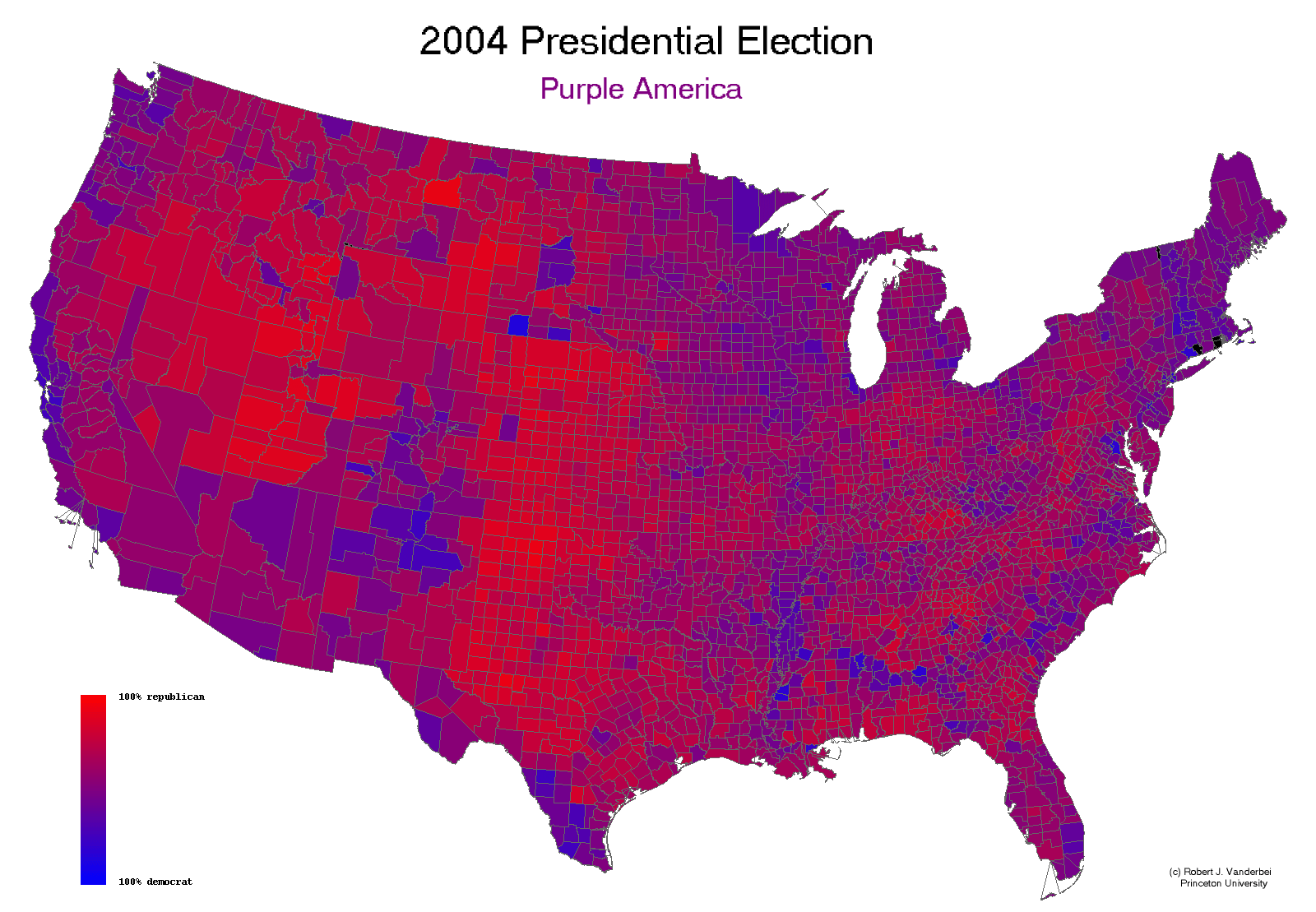Washington, D.C.: Nothing like being in the capitol of the United States a week after the Presidential election. In many of the meetings I attended, people seemed to be in some kind of sleep walking trance combined with post traumatic stress syndrome. They were also drowning in colors: red this, blue that; red state people, blue state people; and on and on.
Reading the papers, one would read these delusional interviews from people in a New York City or a San Francisco trying to fathom what their relatives and friends in the rest of the country might be thinking. Implicit in such notions were the superior sensibilities of the “coasters” to those sentenced to small, mean bigotry in cities throughout the rest of the country.
Somehow it did not seem right to me. Too simplistic, too elitist, and too pat to be anything other than a news sound bite or a quick newspaper headline.
I decided to check first what the results were in the 78 major cities where ACORN has membership, offices, operations, and staff. I called Liz Wolff, the crack ACORN research director, and asked her to shoot the figures over to me. Quickly, Liz was all over the figures — and me! Turns out it was much easier for me to ask than to receive. A lot of the electoral totals were by county and not by city. Some of the data would not be available for literally weeks from what Liz could garner.
A picture emerged quickly though, which confirmed my guess. The country essentially is not divided by red states and blue states, but by blue cities and red states with almost all major cities in the country voting Democratic blue and all suburban areas and rural areas with predictable exceptions voting Republican red. And, except a couple of isolated areas, here and there, this was the national pattern by and large.
Looking at the 78 cities where ACORN had offices, we could find 72 which had gone blue and only 6 where we could predict that these cities might have gone red although we have only been able to confirm two of them categorically. The two we know went red were San Antonio by a very narrow margin of only a tad more than 2000 votes and Hialeah, Florida by an overwhelming 70-30 margin in the heart of the Republican Cuban base vote. Mesa and Glendale, Arizona we are betting went red, but we do not know. We are thinking Arlington and Fort Worth blushed up, but we could be wrong when the figures finally come in.
But for the rest of the country, wipe the smug off your face whether you are on Nob Hill or Park Slope. Indianapolis was blue while Indiana went red. Little Rock, New Orleans, Baton Rouge, Atlanta, Charlotte, Miami, St. Petersburg, Tampa, Orlando in the “solid” South were all as blue as the sky. We may have lost Ohio at the end of the day but Toledo was 70-30 blue, Cleveland, Cincinnati, and Columbus all were blue.
Before you get the attitude going about the red heartland, you perhaps should know that in the Bush home state of Texas, Houston, El Paso, Brownsville — all blue! How about big D, little a, l, l, a, s? Well, Dallas was blue, blue, blue. Phoenix? Blue! Albuquerque? Blue! Las Vegas, 24/7 blue! Same for Denver.
And, even where we the margins from the blue cities were big enough to take the state, look closely at the red patches that run around the cities in California, New York, Ohio, Wisconsin, Michigan, and Minnesota.
So, as the facts and figures really emerge, let’s look at this realistically.
Blue America is urban America — plain and simple. The rest of the blue is in the black belt of the south where the African American population has been empowered or in far south Texas where the same thing exists for Mexican America. Otherwise, town and country are red, while the urban core stays blue.
You can not drive from blue dot to blue dot, but almost all of your plane flights will keep you from ever having a smudge of rouge.
This is today’s political world, and if we are going to change it, then we need to really understand it instead of knee jerking with the superficial commentaries swirling all around us.
P.S. View map…
http://www.princeton.edu/~rvdb/JAVA/election2004/purple_america_2004.gif
